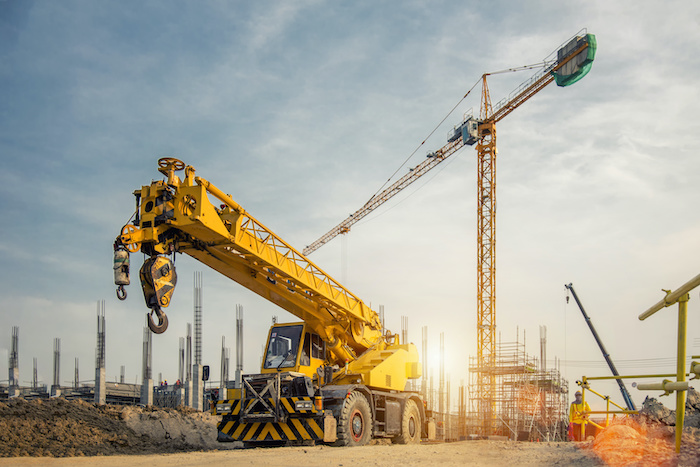 Construction is a massive industry because there are many competitors and you’ll also be operating in an in-demand sector with a lot of room for expansion. So what better time to invest in a construction company than now?
Construction is a massive industry because there are many competitors and you’ll also be operating in an in-demand sector with a lot of room for expansion. So what better time to invest in a construction company than now?
In construction, companies are constantly challenged to deliver complex projects while following their financial budget and ensuring a healthy profit margin. Resource management in construction involves devising plans and resources effectively to achieve the objectives. Resources are effectively utilized to ensure demands are met and to maximize materials from one project to the next.
Must-Haves For Building Developers
The status of a project can be disrupted or become unprofitable if materials aren’t appropriately managed. These must be available promptly while being utilized as efficiently as possible.
To get you started, here are the different construction resources necessary for building developers:
1) Construction Equipment
There are many types of equipment used in building construction and these are typically considered a group of tools used for a single purpose.
Here are some examples of heavy equipment for your construction project:
Cranes
This kind of equipment makes it easier to lift heavy materials like steel trusses, steel frames, and concrete blocks to their desired location and height. The different parts of a crane are the following:
- Mast – vertical supporting tower
- Jib – the operating arm of the crane
- Counter Jib – the other arm that carries counterweight and is placed on the rear side of the equipment
- Operator Cabin – the place where the operator sits and operate everything altogether
Suppose you’re constructing a building in Canada, rental cranes in Calgary are widely available and it serves as an intelligent approach than buying costly equipment for your project.
Backhoe
Backhoes are another versatile piece of equipment. As the name indicates, the hoe arrangement is situated at the rear side of the trailer whereas loading buckets are located at the front. The machine can be used to excavate trenches below the machine’s level while materials can be loaded, unloaded, and lifted with its front bucket.
Bulldozers
The topsoil layer is excavated up to a certain depth by bulldozers, another type of soil excavating equipment. The objective of these is to remove weak soils or rock strata and to lift the ground. The narrow metal front plate is used to remove soil while hydraulic pistons can lower and raise the plate.
2) Building Materials
Planning and setting a budget are a few steps required before starting a project. The construction industry uses a variety of materials, including concrete, wood, masonry, and steel. Different types of materials have other properties, including weight, durability, and cost, making them suitable for various purposes.
Materials are chosen for their price and resistance to loads and stresses. Civil engineers and project managers work together to determine what to use on a given project based on the building’s size and intended purpose.
Stone and wood are natural building materials while concrete and steel are human-made materials. For both categories, some preparation or treatment is required before being used in structural applications.
Here are some of the common construction materials being used:
Concrete
The elements of concrete are cement, sand, and stone, which work as aggregates. These are combined with water.
Steel
The most robust building material available is steel, which has excellent tension and compression capabilities. The steel’s strength to weight ratio makes it a superior structural material for skyscrapers, tall buildings, and other industrial facilities.
Masonry
Construction using masonry consists of individual units bound together with mortar. For masonry structures, it’s standard to use concrete blocks reinforced with steel.
3) Construction Workforce
Employment opportunities are projected to be plentiful in the construction industry. There are various jobs available from unskilled laborer and construction helper jobs to more skilled positions like engineers and project managers. Both opportunities and challenges are present in building a career in construction.
Here are some examples of construction workforce:
Construction Laborers
Worksite laborers dig, build, unload, care for construction sites, and assist craftspeople in their work. Typically, these workers clean up after working on sites and prepare the site for the next day.
Electricians
Residential and commercial electrical systems are installed, maintained, and repaired by electricians.
Dangerous Materials Removers
Asbestos, lead, radioactive waste, and other hazardous materials are collected and disposed of by dangerous material removal workers.
Ironworkers
Steel girders installed by ironworkers support buildings, roads, and bridges.
Conclusion
This sums up the primary resources you need for your construction. Whether you’re just starting your own company or you’ve been a building developer for a while now, it’s crucial to stay familiar with the essential resources to make your business and projects successful in the long run.
